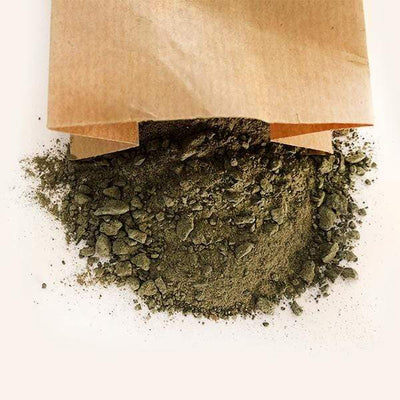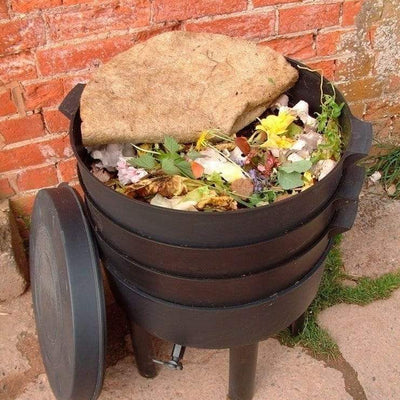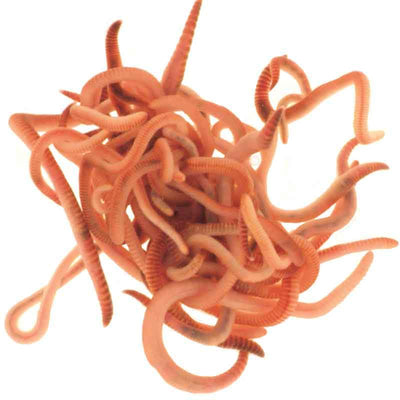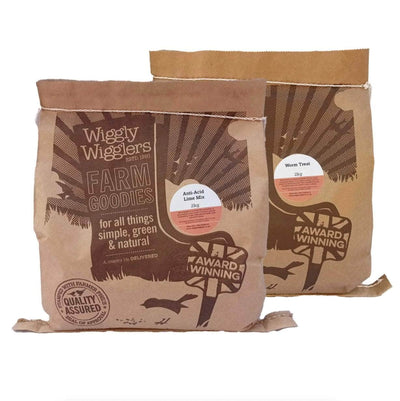Worm composting, also known as vermicomposting, is a great way to recycle kitchen scraps and create nutrient-rich compost/fertiliser and liquid feed for your garden. Here are our five top tips for worm composting this Autumn:
- Adjust bedding materials: As the weather gets cooler in autumn, it’s a good idea to provide your worms with appropriate bedding materials to maintain their ideal temperature range ( 13-25°C). Consider adding more insulating bedding materials such as shredded cardboard, newspaper, or dry leaves to help regulate temperature and moisture levels in the worm bin. This will help keep your worms active.
- Harvest compost before it gets too cold: In the Autumn, it’s a good idea to start harvesting your worm compost regularly. Worms become less active as temperatures drop, and you want to ensure that you collect the finished compost before winter sets in. Harvesting your compost will also give your worms more space and fresh bedding to work with.
- Monitor moisture levels: Maintain steady moisture levels in your worm bin, Check the bedding regularly and add water when necessary to keep it damp but not soggy, and drier material when things get too wet. Worms need moisture to breathe and digest food, so keeping a moisture mat on the surface is useful.
- Adjust feeding habits: In the autumn, the types of kitchen scraps available may change. Adjust your worm bin’s feeding habits accordingly. Avoid adding excessive citrus fruits, which can attract fruit flies, and try to provide a balanced diet of kitchen scraps. You can also introduce some garden waste, such as leaves and small plant trimmings, as an additional food source.
- Protect the worm bin from cold: If you live in an area with freezing temperatures during the autumn and winter, consider moving your worm bin indoors (a garage is perfect) or to a more sheltered location to prevent the worms from freezing. If you can’t move the bin, insulate it by wrapping it in blankets or using materials like straw or hay to create an extra layer of insulation. Additionally, cover the bin with a lid or plastic sheet to keep out cold drafts and moisture.
By following these tips, you can continue to enjoy successful worm composting throughout the autumn season and maintain a healthy worm population to produce nutrient-rich compost for your garden
#wormery #wormcomposting #vermicompost #compostingworms #greenliving #wigglywigglers #wigglyworms #weloveworms #worms #gardenworms #ecolife #compost #composting






